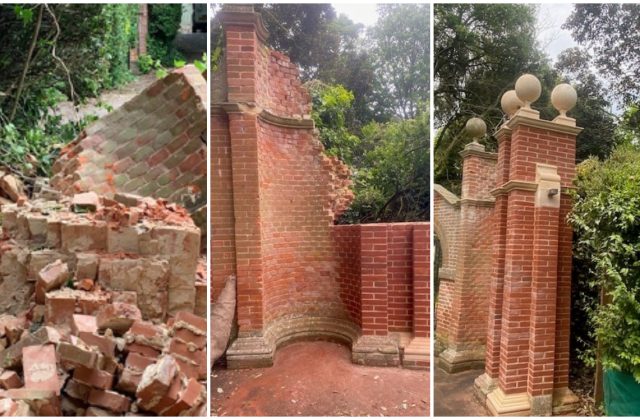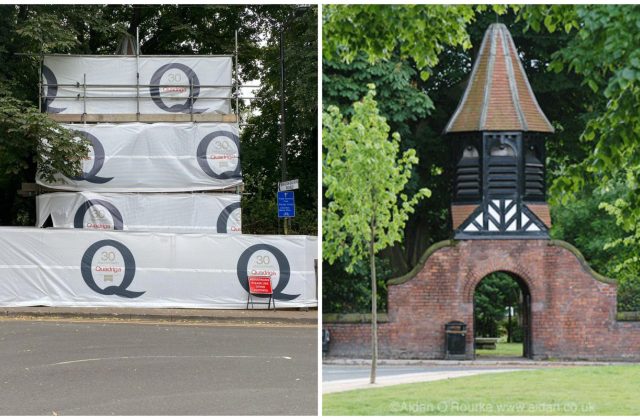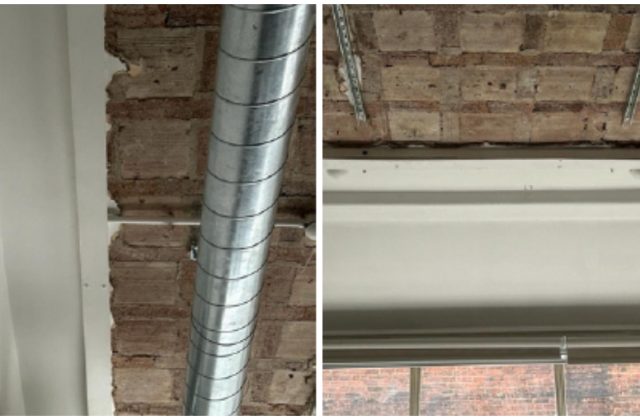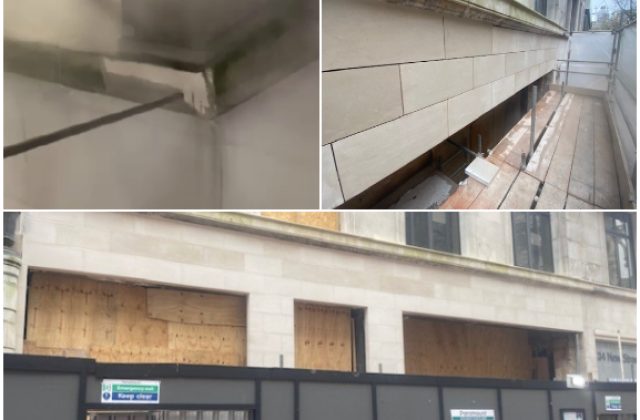Quadriga Property Ltd has been formed to look after smaller projects and maintenance works.
Minor works have a significant impact on heritage buildings, ensuring they function as intended, maintain their aesthetic and historical significance, and avoid falling into disrepair. We regularly undertake a variety of minor works and maintenance projects, including surveys, restoration works, cleaning, and structural repairs. By successfully completing these projects, we keep heritage buildings in excellent condition and occupied, safeguarding them for future generations. Planned preventative maintenance (PPM) is a proactive approach to maintenance, ensuring the condition of a building is preserved. It helps prevent problems from occurring and existing issues getting any worse, thereby not only preserving the value of the building but its aesthetic and historic significance.
Carrying out routine maintenance and addressing any issues in heritage buildings while they are still small really are they key for ensuring the longevity of these structures. We have a dedicated team of experienced and knowledgeable restoration professionals who have worked on a wide range of buildings across the UK and who have come across every unusual or unique form of construction you can imagine! No job is too small for our team. We’re acutely aware that minor works and maintenance carried out using the appropriate methods and materials can be the difference between a heritage building being used and enjoyed for generations to come or a building that falls into costly disrepair.
If you have a restoration project we can be of assistance on or need some advice please get in touch, we’d be happy to help! You can email Lindsay Law on lindsay@quadrigaltd.com or give us a call on 01606 330 888.
See some of our recently completed minor works case studies below, showcasing the craftsmanship and skills that go in to making these projects a success
Key Benefits of Minor Works and PPM
- Early detection of issues
- Preservation of historical integrity
- Preservation of original fabric
- Preservation and improvement of aesthetic appeal
- Reduced requirement for unplanned or extensive restoration works
- Reduced costs through early intervention
- Allows budgets to be set for future repairs and maintenance
- Allows resource to be allocated more efficiently
- Improved energy efficiency and sustainability
- Improved safety and accessibility
- Detailed documentation can help with future restoration works
- Opportunities for stakeholder engagement





